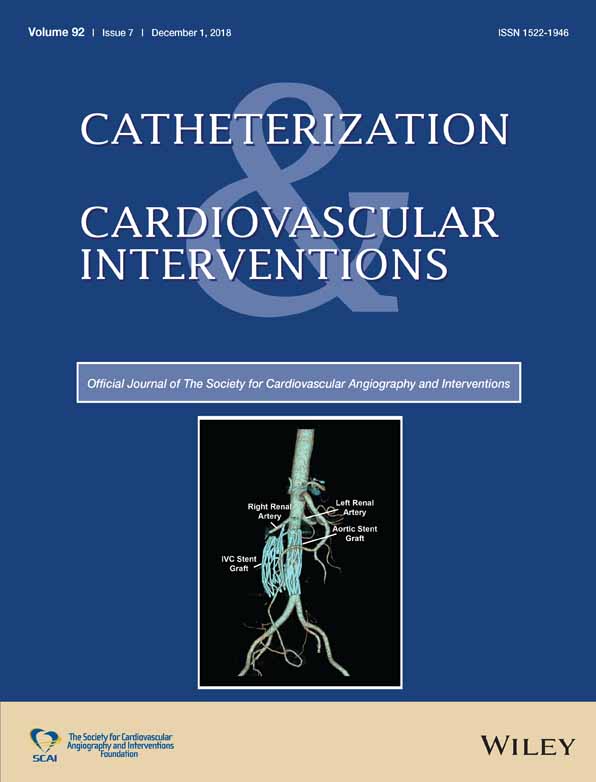Retrograde percutaneous coronary intervention for acute myocardial infarction following blunt chest trauma
Abstract
A 78-year-old man was admitted to the emergency department because of chest pain following blunt chest trauma. Chest X-ray revealed multiple rib fractures. However, electrocardiogram showed ST elevation in inferior leads suggesting acute myocardial infarction (AMI). Emergency coronary angiography revealed normal left coronary artery and occluded proximal right coronary artery. Thus, percutaneous coronary intervention (PCI) was performed immediately. Antegrade PCI was unsuccessful due to a very large false lumen, which was caused by a blunt trauma. However, retrograde guidewire (GW) manipulation was relatively easy to negotiate the occluded lesion. After GW externalization, we deployed two drug eluting stents for this lesion. To our knowledge, this is the first case of retrograde PCI that led to a successful reperfusion therapy for AMI following blunt chest trauma.
CONFLICT OF INTEREST
The authors have no conflicts of interest to disclose.




